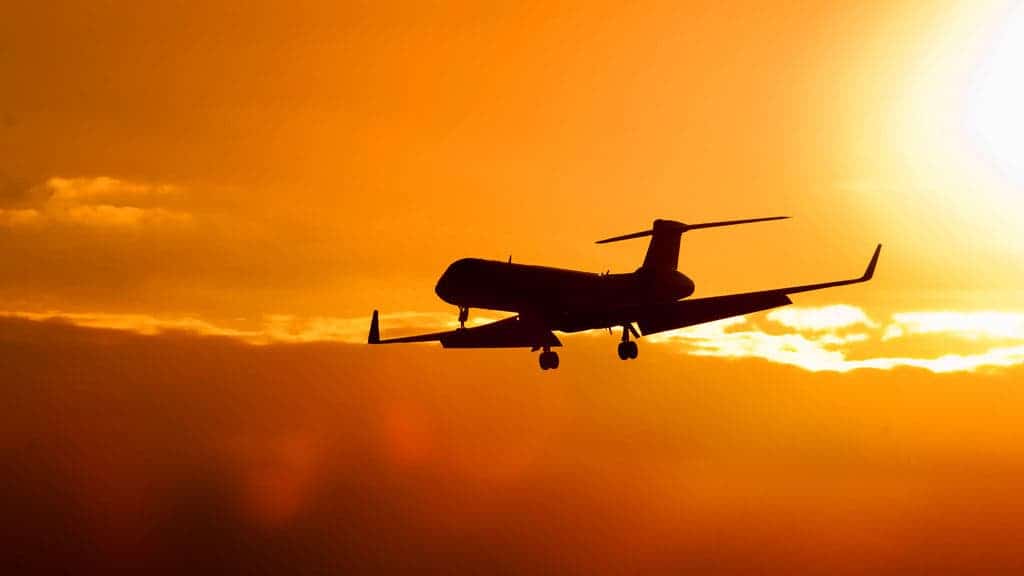
Credit: Flickr, Kuster & Wildhaber Photography.
The first study to examine how climate change will affect turbulences found that the random up-and-down motions will become far more common in the future. According to the new research conducted by researchers from the University of Reading, UK, all kinds of turbulences from light to moderate to severe will considerably become more frequent.
Dr. Paul Williams and colleagues modeled what would happen to atmospheric currents at an altitude of around 12 km (39,000 feet) if there were 560 parts per million of CO2 in the atmosphere. Right now, global average CO2 levels stand at about 410 ppm, the highest they’ve been in three million years. A previous study featured on ZME Science this week found that in a business as usual scenario CO2 in the atmosphere could rise to 600ppm by the mid-century, which is unprecedented in 50 million years since the hot days of the Eocene.
Climate change caused by anthropogenic global warming will cause stronger wind shears within the jet stream. These wind shears are a major cause of turbulence when they become unstable. The researchers found light turbulence will increase by 59%, light to moderate turbulence by 75%, moderate by 94%, moderate to severe by 127%, and severe by 149%, as reported in Advances in Atmospheric Science.
Don’t panic
While this may sound distressing, turbulences can’t crash an airplane especially today when modern aircraft are fitted with high-tech stabilizing technology. But that’s not to say flights won’t become a lot bumpier in the coming decades. Injuries because of turbulences are also destined to become more frequent. Sometimes, a passenger who doesn’t wear a seatbelt might be thrown about the airplane or get injured by falling overhead luggage. Every year, turbulences cause hundreds of injuries from minor to severe.
“For most passengers, light turbulence is nothing more than an annoying inconvenience that reduces their comfort levels, but for nervous fliers even light turbulence can be distressing,” Williams said in a statement.
“However, even the most seasoned frequent fliers may be alarmed at the prospect of a 149% increase in severe turbulence, which frequently hospitalises air travellers and flight attendants around the world.”
To tackle these new challenges, aircraft will have to become even ‘smarter’ than they are today. Wired reports that a French company called Thales demonstrated an onboard LIDAR system that can spot turbulences 18 miles ahead of the airplane. However, this technology adds a lot of weight to the aircraft and can be extremely expensive. For the moment, airlines and manufacturers aren’t interested in such an investment but they might change their minds sooner than they care to think.
Overall, climate change will make flying more uncomfortable — and it’s not just because of the more frequent turbulence. A report issued last year by the International Civil Aviation Organisation (ICAO) found that, besides increased turbulence, climate change will intensify take-off difficulties, icing incidents as well as dust storms that might threaten the engines.
“Aviation is an extremely risk averse business. Climate change poses a new set of risks that airports need to assess properly. The last decades have provided a glimpse of the future climate, but the main effects will be more evident three or four decades from now, and onwards,” the report reads.
“There is thus no reason to panic, but much of the airport infrastructure erected today will be there in the new climate.”
“The robustness of aircraft and indeed the robustness of the entire aviation system should be monitored carefully, as the sector will have to prepare for the more extreme meteorological conditions that are expected in the future as the climate continues to change,” the report’s authors cautioned.
Williams and colleagues will focus next on investigating other flight routes from around the world. They will examine how altitude and seasonal changes influence flights under various warming scenarios.









